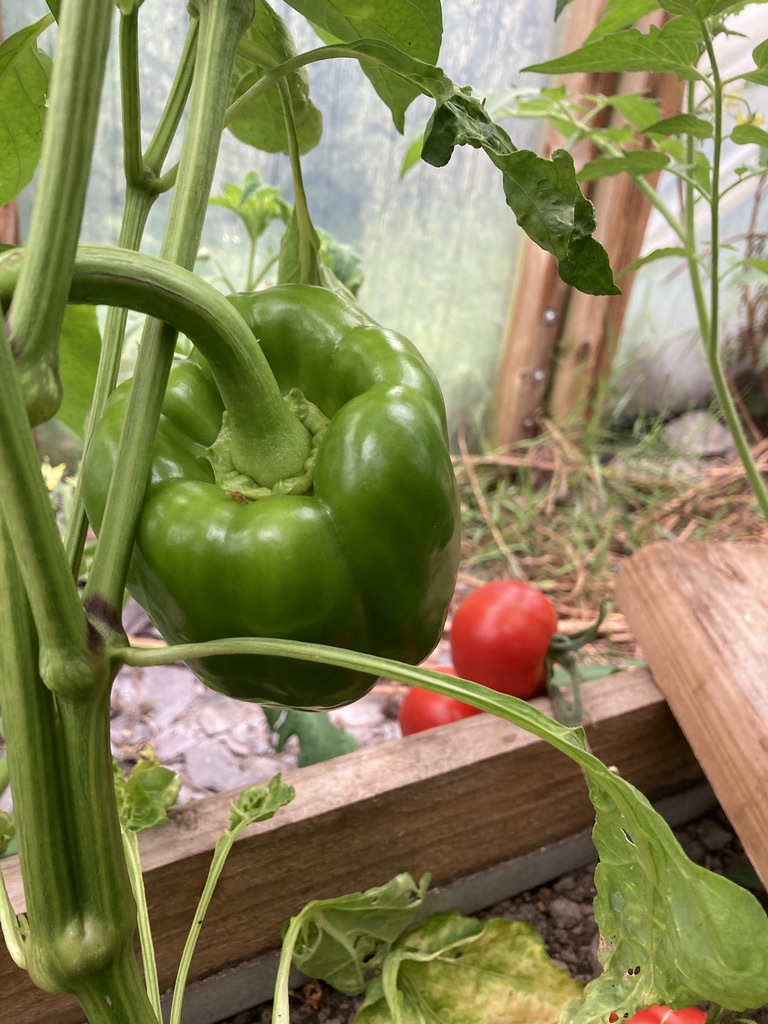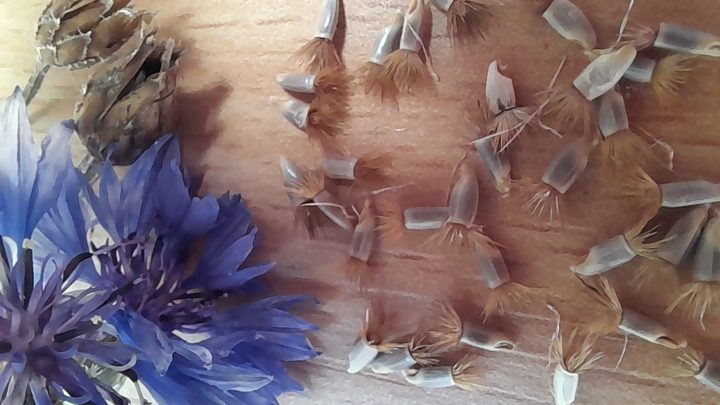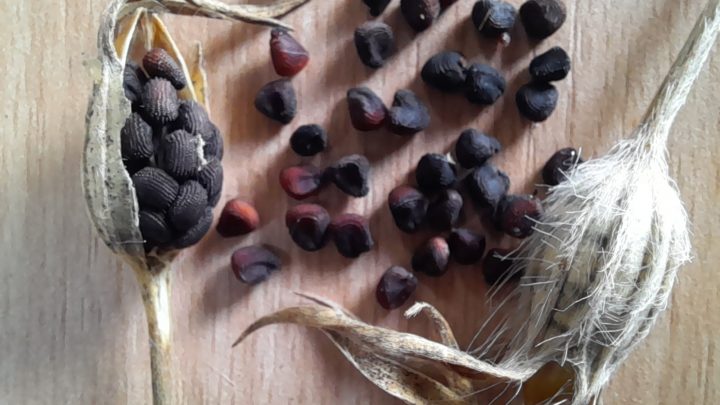Preserving and enhancing the bio-diversity of Wales by seed saving and seed banking native wildflowers and food crops at a local and community scale.
Seed saving and seed banking
Seed is vital seed is Life
Had is Welsh for Seed. Seed has been collected for over 12,000 years.
Seed Saving
Ensuring we have local seed for the people and places where we live
Open Pollination
Ensuring organic and viable seed that will grow in the local environment
Seed Banking
Ensuring food for our communities next year and for years to come
For our Children and our childrens children
Seed Saving Open Pollinisation Seed banking
Seed saving and working with nature have been practised for millenia. These skills need to be saved and passed on. Only in the past 100 years or so has Agro Chemical monoculture become so dominant and so detrimental to the health of people and the planet we live on.
Links to the best resources, guides and websites both in the UK and worldwide.
Grow your own food from supermarket produce
Tomatoes, Peppers, Chilies, Ginger, Beans, Potatoes..........
It dosen't always have to be organic seed from a packet!
These are just some of the reasons why
Why?
Biodiversity
Growing Organic and Biodiverse habitats that work with nature. Promoting an abundance of insect rich and soil rich environments.
Health
Promoting healthy living with pesticide free, organic or biodynamic produce. Higher calorific content, natural sugars and vitamin loaded.
Food Security
Ensuring food security for local communities. Unaffected by cost pressures from fuel or inflation, global fertilizer costs, transport or 'brexit'.
Open Pollination
Seed that is saved from open pollination is more resilient than F1 hybrids. The diversification that comes from natural pollination promotes resillience and natural selection and reduces the drawbacks of hybrid monocultures. Open pollinated seeds variability promotes natural selection, natural cross breeding and develops strength and vigour for next years plants to grow in that local environment.

Seed Diversity
There are four big Agro-chemical companies that dominate the commercial seed markets globally. These are - BASF, Bayer/Monsanto, ChemChina-Syngenta, and Corteva Agriscience. They own the rights to almost 70% of global seed and pesticide sales! Saving seeds from heritage varieties and diversifying and extending our range of varieties bolsters our resilience against hybrid monoculture suseptibility and it's inevitable food security vulnarabilities.
Education
Without seeds there are no plants. Without diversity there are threats due to monoculture. Diverse environments promote robust local food chains. Knowledge of food production, locally from seed through fork to plate is a lifelong skill that must be passed on to all.
Community Resilience
Building Communities that can grow their own produce, that is known to grow in their soil type and climate. Pesticide, chemical fertilizer and GM free. This resilience needs to be built into every community to stave off the effects of war, famine or climate change. Self reliance from soil health through to nutritious food divorced from the vaugaries of supply chains and financial crisies
Food Miles / carbon footprint
Nutritious food, sown, grown and consumed locally with seed saved for next season is a virtuous circle. It saves money and when grown organically, promotes good health and is environmentaly sound.
Dwarf french beans from Kenya cost everyone so much in so many ways. Beans saved from last years crop and grown locally are so good in so many more ways.
News
From our blog
Parsnip-Pannas (Pastinaca sativa)
Description – The parsnip (Pastinaca sativa) is a root vegetable closely related to carrot and parsley, all belonging to the flowering plant family Apiaceae. It is a biennial plant usually grown as an annual. Its long taproot has cream-colored skin and flesh, and, left in the ground to mature, it becomes sweeter in flavor after…
Cornflower – Glas yr ŷd (Centaurea Cyanus)
Description – Centaurea cyanus is an annual plant growing to 40–90 cm tall, with grey-green branched stems. The leaves are lanceolate and 1–4 cm long. The flowers are most commonly an intense blue colour and arranged in flowerheads (capitula) of 1.5–3 cm diameter, with a ring of a few large, spreading ray florets surrounding a central cluster of disc florets. The blue pigment is protocyanin,…
Corncockle – Bilwg yr ŷd (Agrostemma Githago)
Description – It grows with a stem to 100 cm (39 in) long with lanceolate leaves. The flowers are up to 5 cm (2.0 in) in diameter, usually single at the ends of the stem. The sepals have five narrow teeth much longer than the petals. It has ten stamens. It has slender pink flowers.…
Soil Health
Soil health is fundamental to the vigour and varacity of the plants that grow in it.
Both Organic and Bio-dynamic principals of soil management promote soil health by working with nature to build a nutrient rich medium that nurtures and allows plants to thrive.
Get in touch
Phone : + 1 800 755 60 20
Email : post@Had.Wales
MON-FRI – varies
SAT-SUN – phone us.


